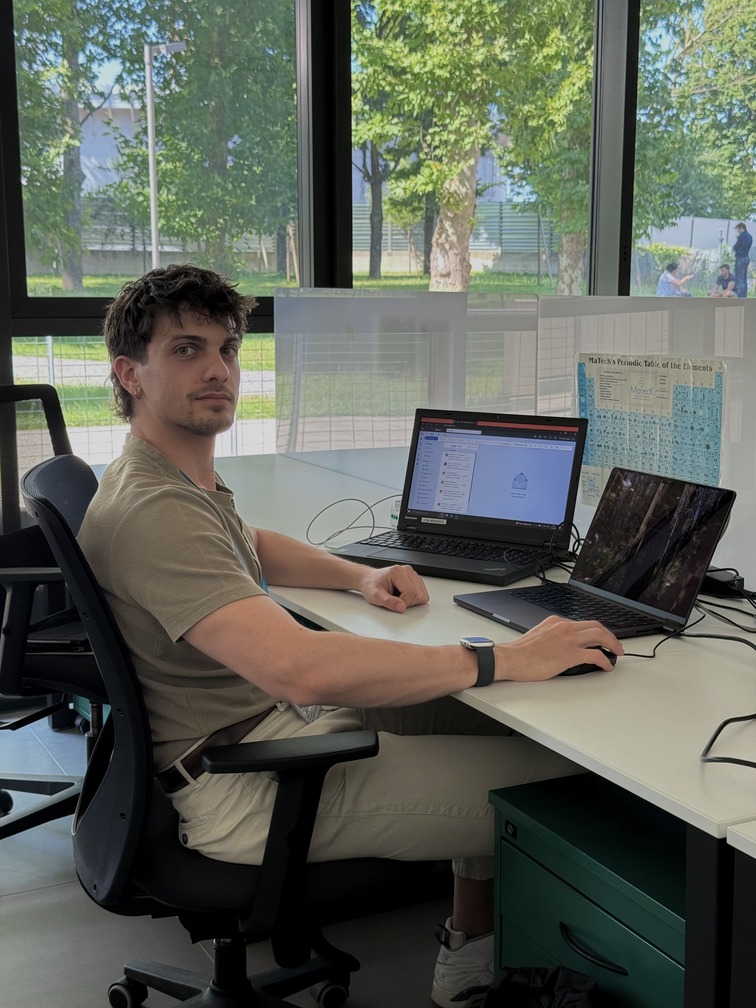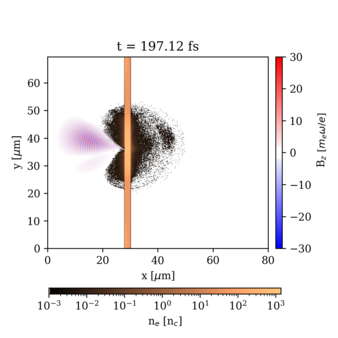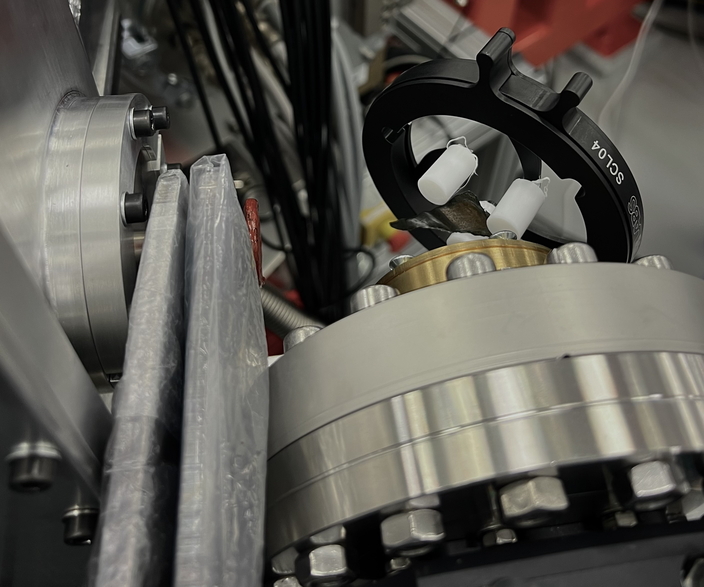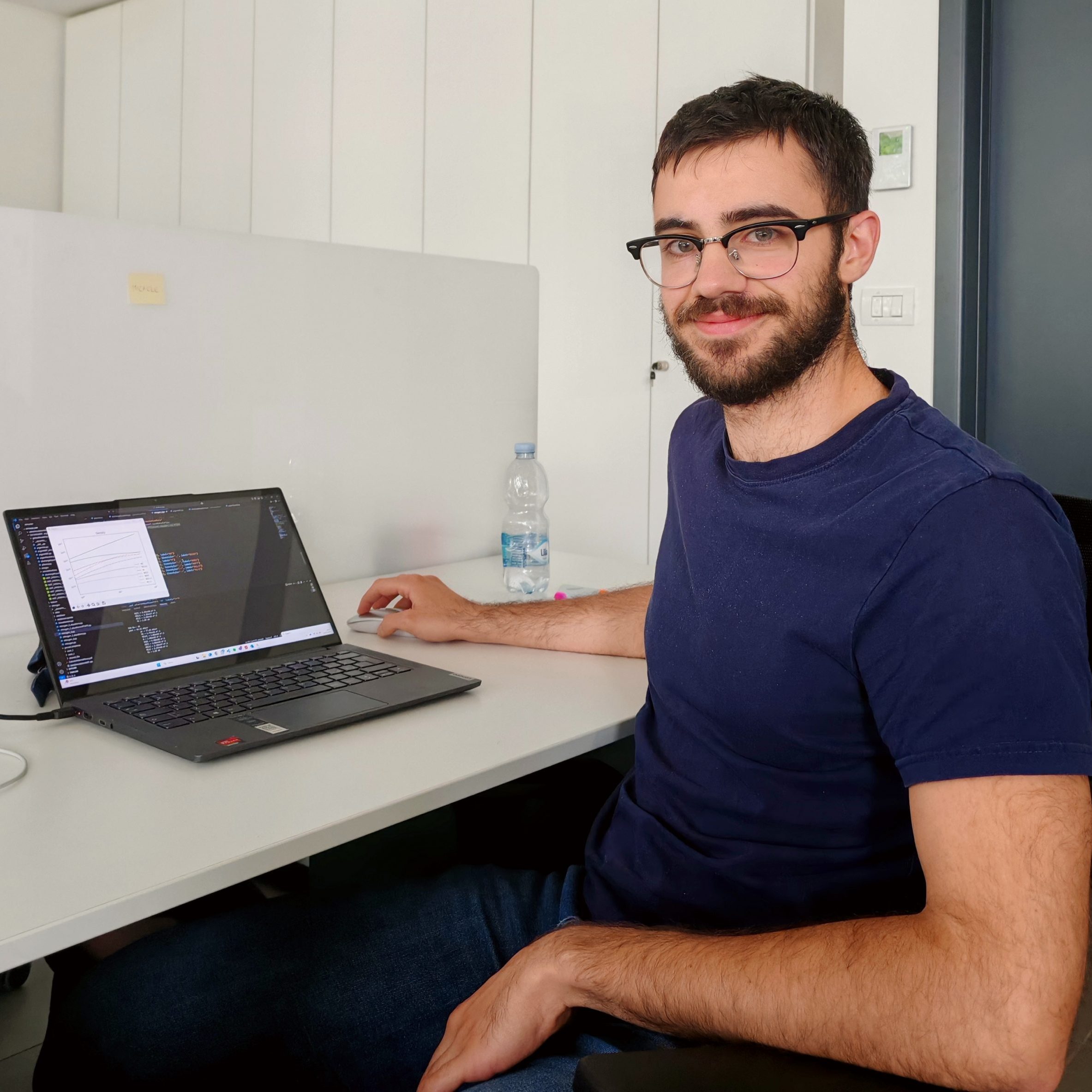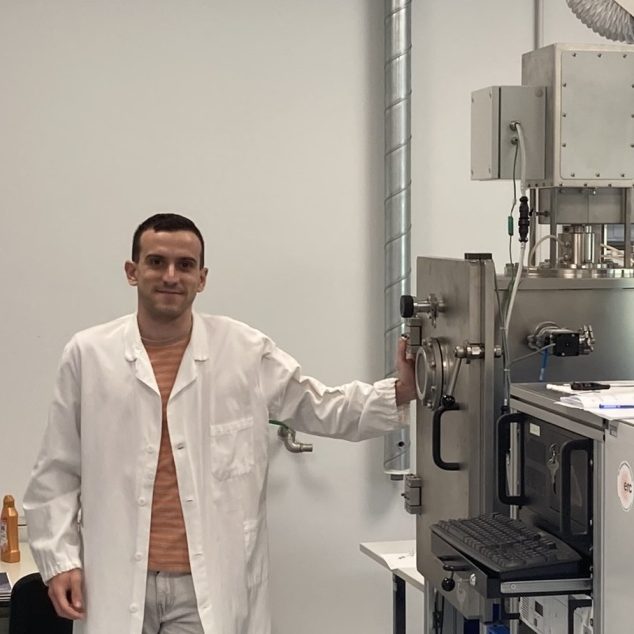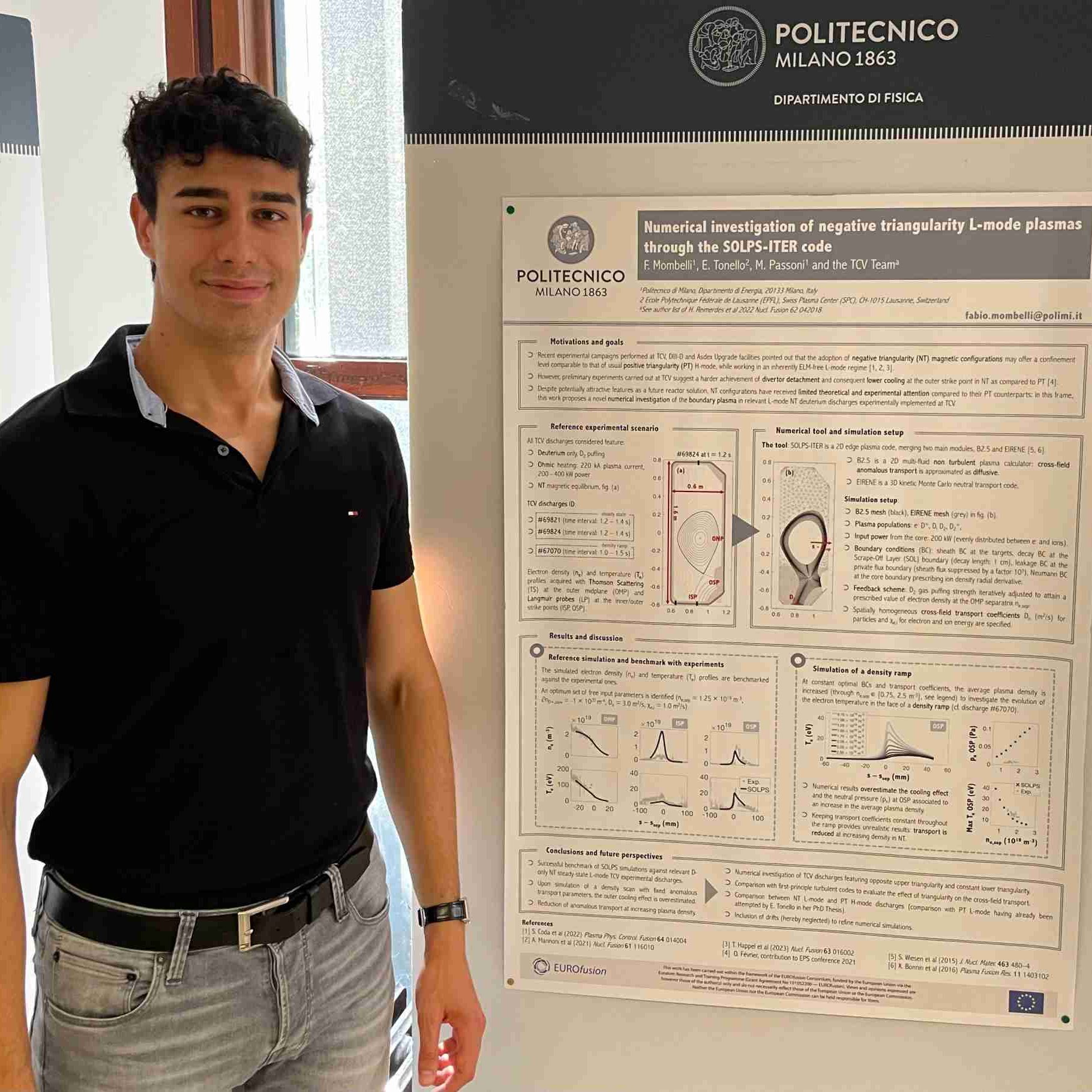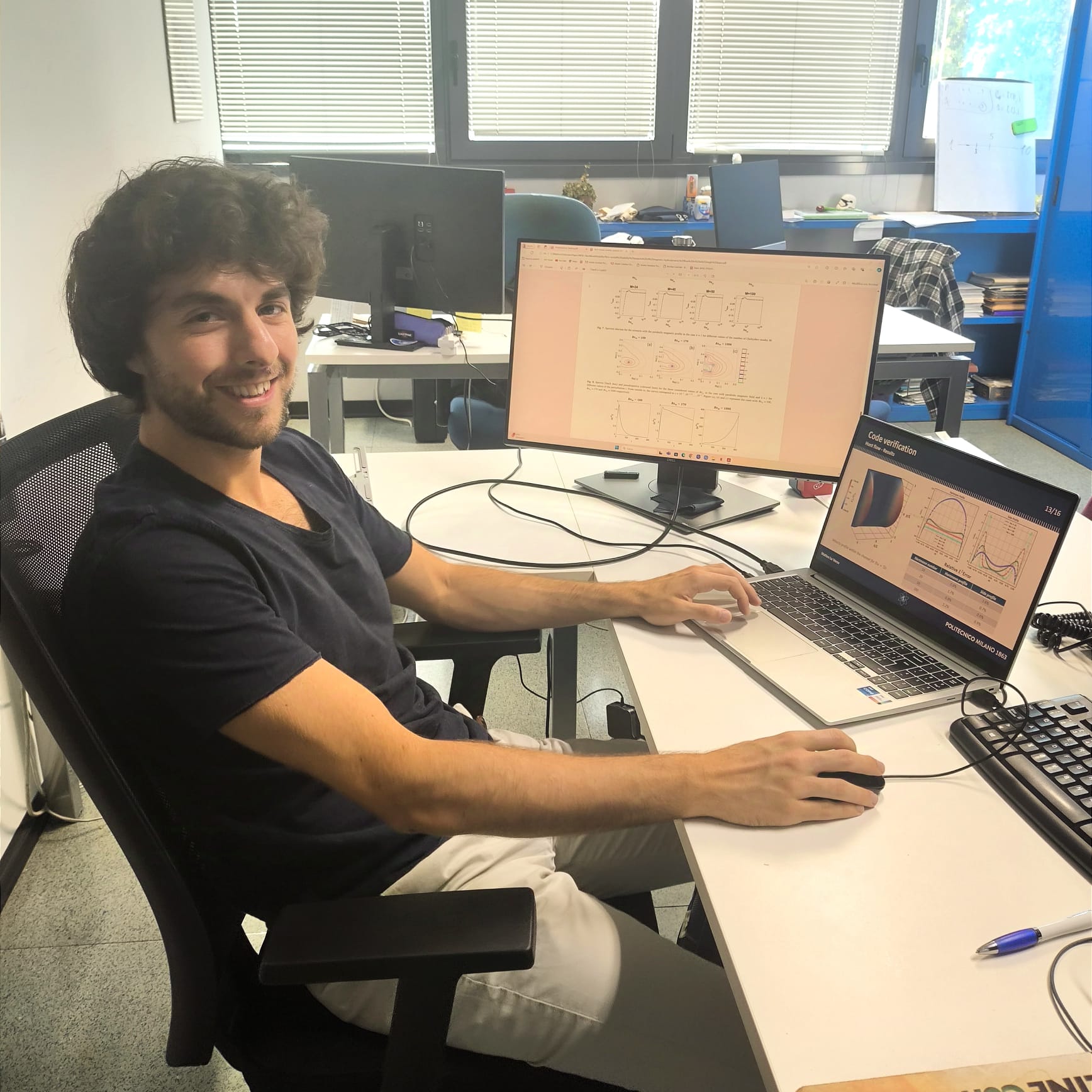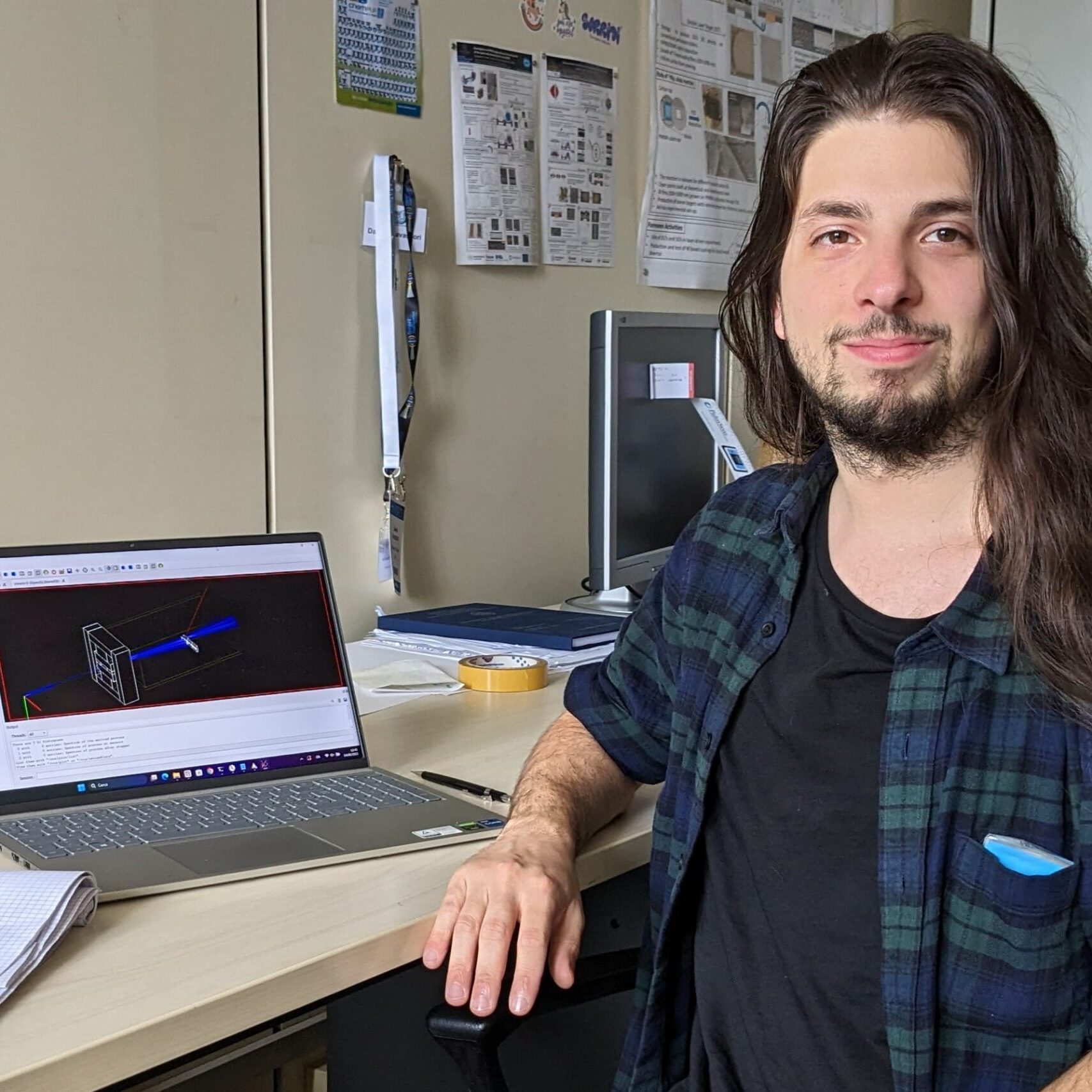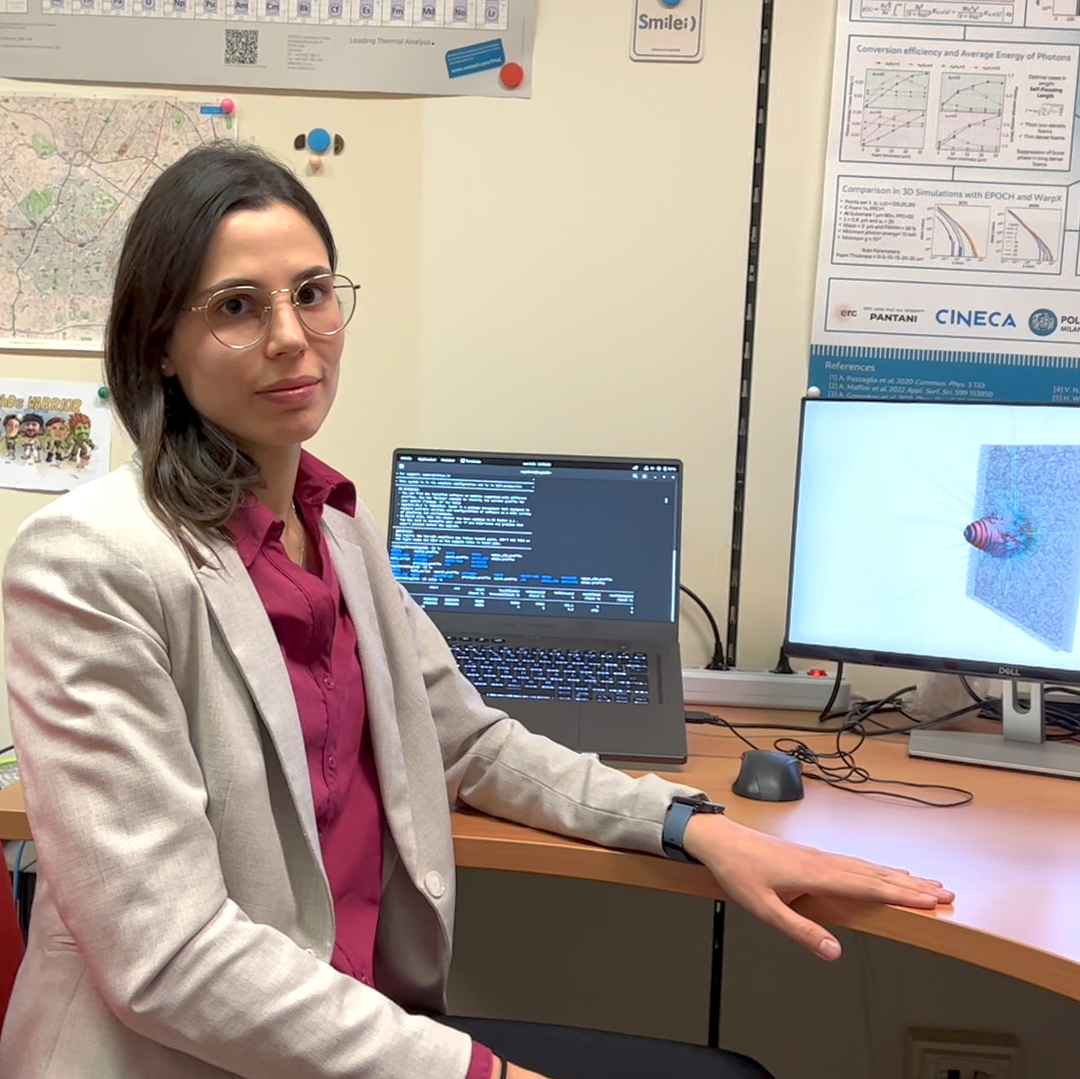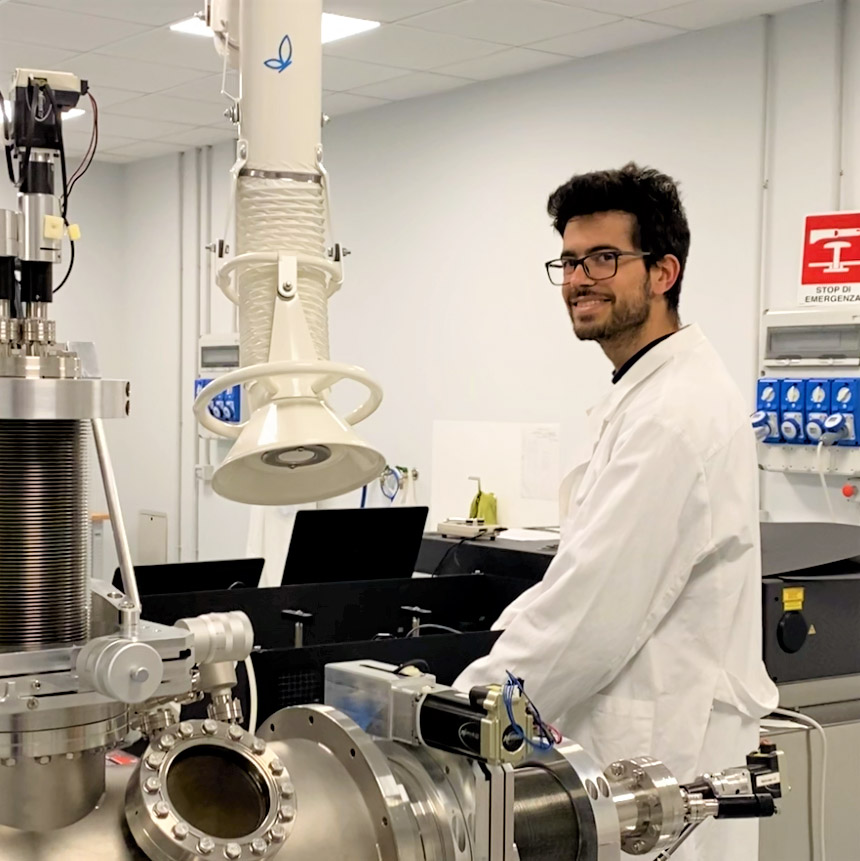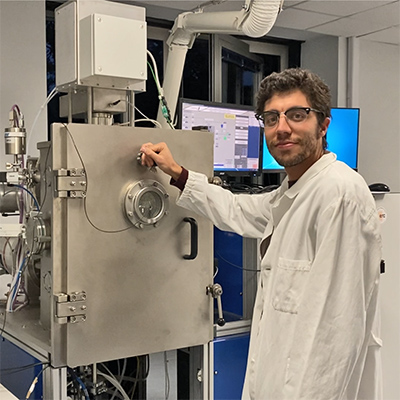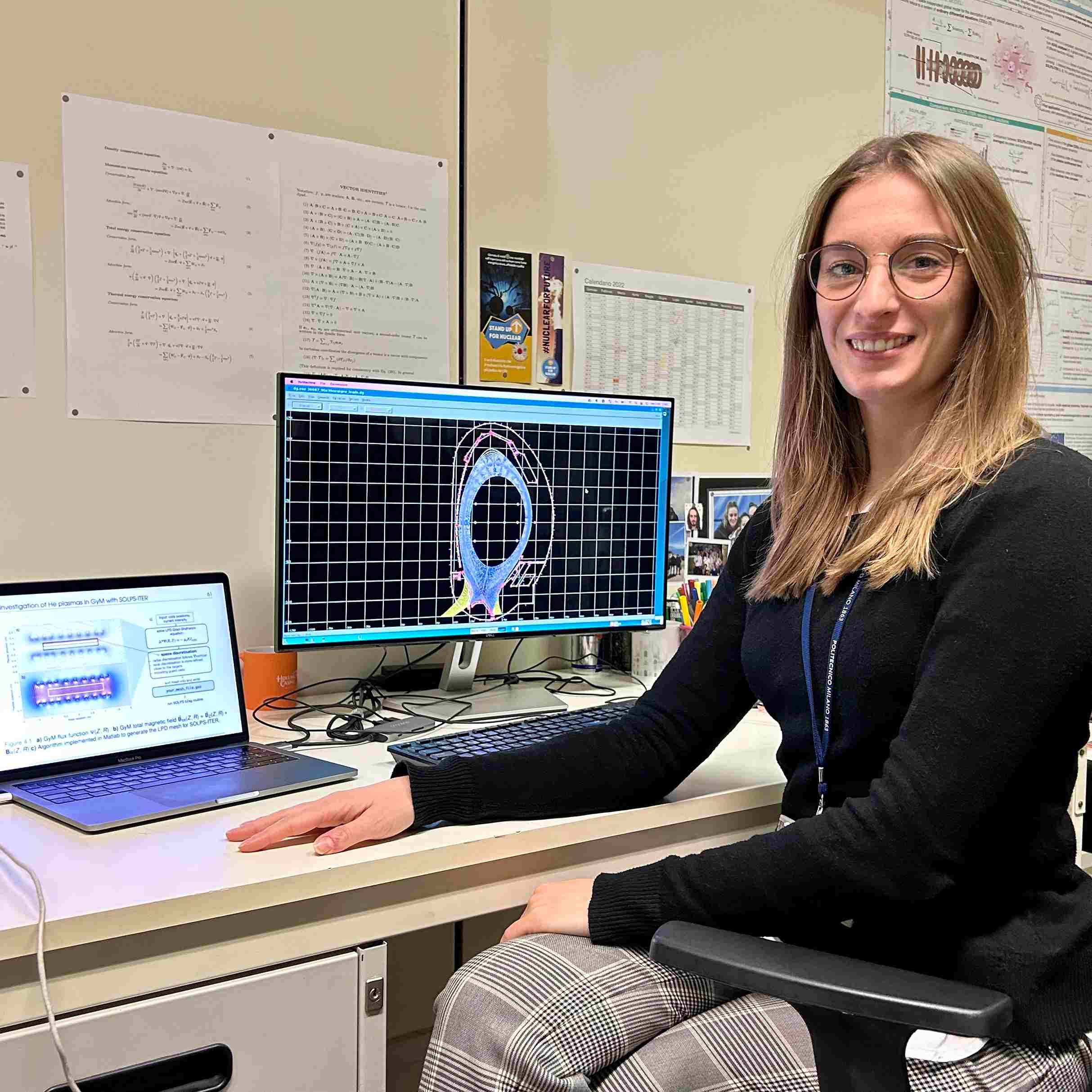Kevin Ambrogioni
PhD thesis title: Development of laser-driven radiation sources and their application to the preservation of cultural heritage
Academic Tutor: Carlo Spartaco Casari
Academic Supervisor: Matteo Passoni
Industrial supervisor: Claudia Conti
Affiliate external company or research group: Consiglio Nazionale delle Ricerche – Istituto di Scienze del Partimonio Culturale (CNR-ISPC)
PhD cycle: 39° (see all student profiles of the same cycle > LINK)
